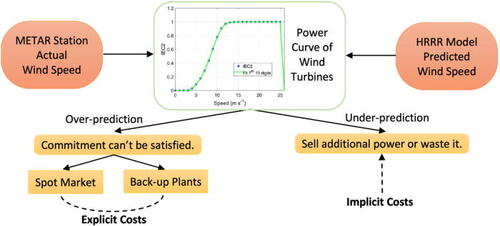
As wind energy is occupying an increasingly large share of the energy landscape, a new study by Colorado State University economists and the National Oceanic and Atmospheric Administration (NOAA) shows that more accurate wind forecasts over the last decade have netted consumers over $150 million per year in energy savings.
The study is based on NOAA’s High Resolution Rapid Refresh (HRRR) model, which provides hourly updated weather forecasts, including wind speed and direction data, for every part of the United States. Every few years, NOAA releases an updated HRRR model to the National Weather Service, while working on the next update at the same time.
The accuracy of wind forecasts is needed to gauge electricity production and make energy management more efficient, resulting in substantial savings for utility customers.
“We were able to compare [HRRR] models side by side and see when one model makes a better prediction than the other,” said Professor of Economics and study co-author Martin Shields. “What we see over time is that the models get better at predicting wind and that generates additional savings for utility consumers.”
As expected, newer models perform better – but by looking at the difference in errors from each model (the deviation between a predicted wind speed and a measured wind speed, for example), economists were able to put a dollar amount on each upgraded model, quantifying the economic benefit of increasingly accurate forecasts.

“The researchers at NOAA have been struggling for a long time to put a value on their forecast,” said Shields. “They know their models are getting better, they know that people use those in important economic decisions, but they have a hard time quantifying exactly what the value of that is.”
The research team – which includes postdoctoral researcher Hwayoung Jeon, Professors Harvey Cutler and Rebecca Hill, and Ph.D. students Tao Lu and Yuchen Wu – are now planning to evaluate improved cloud cover forecasts for solar power providers.
Adapted from an American Institute of Physics press release.